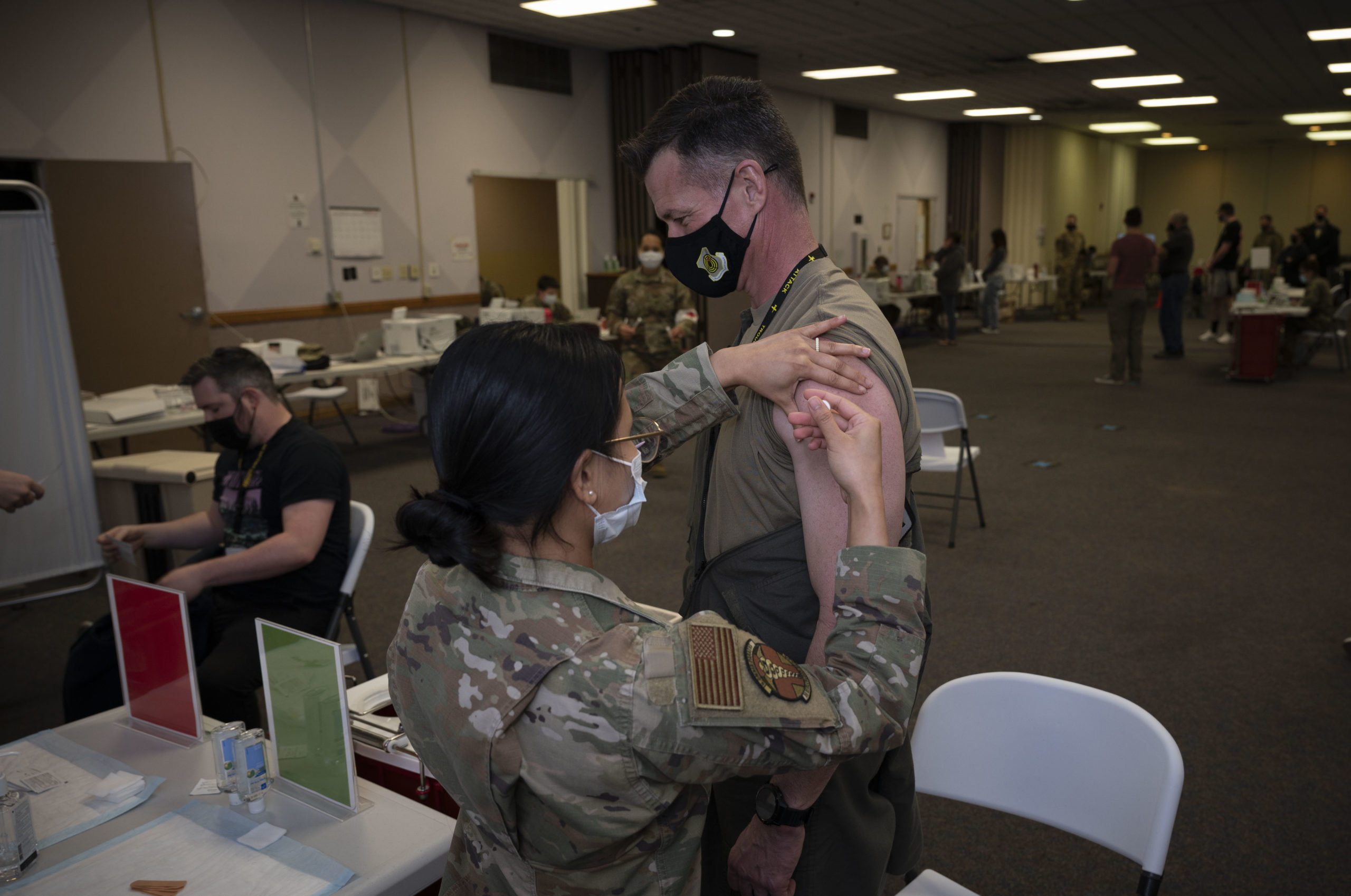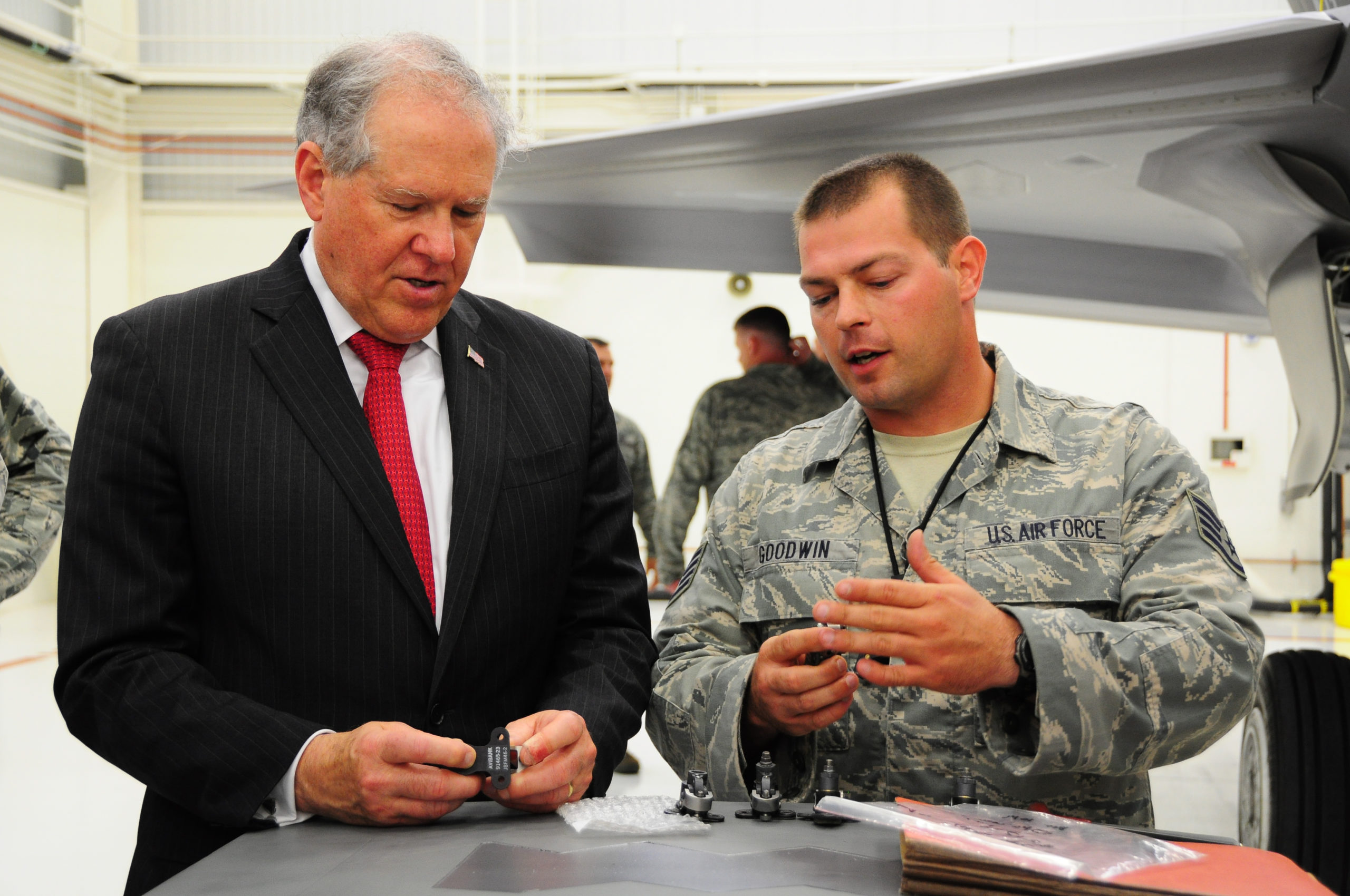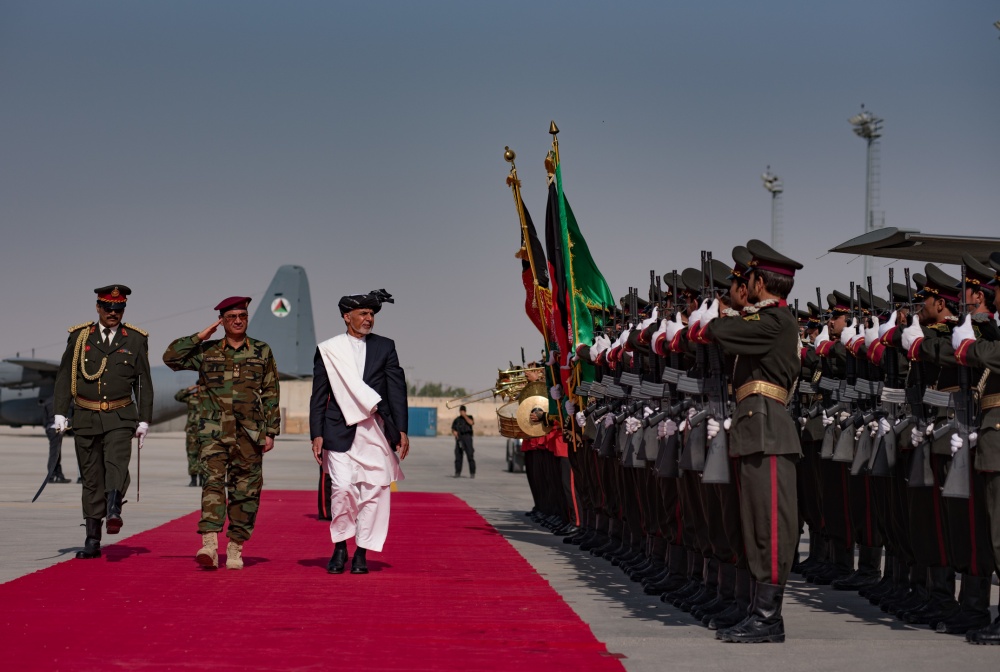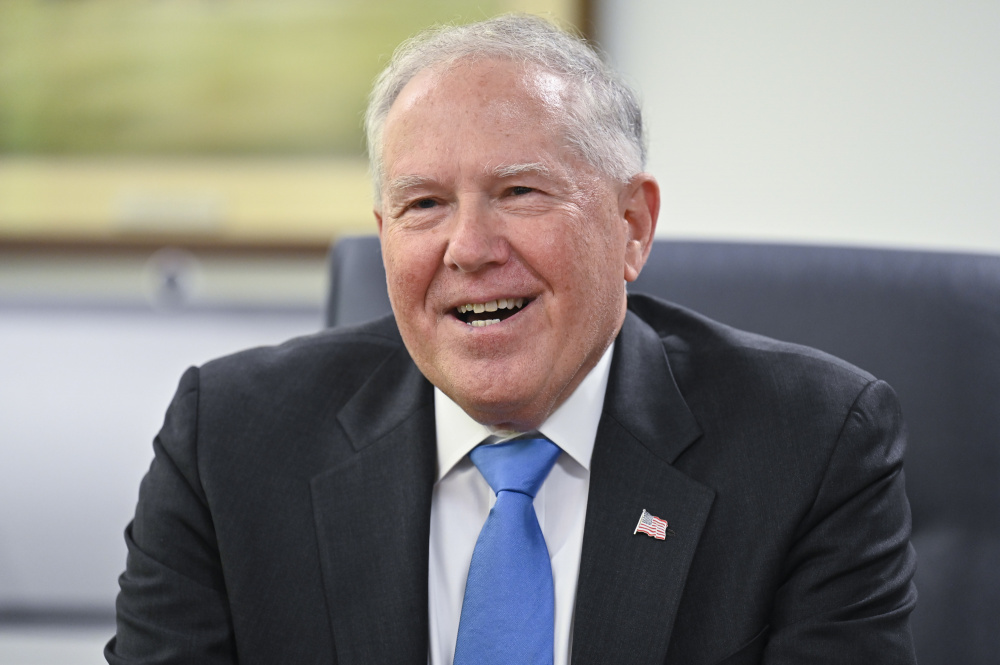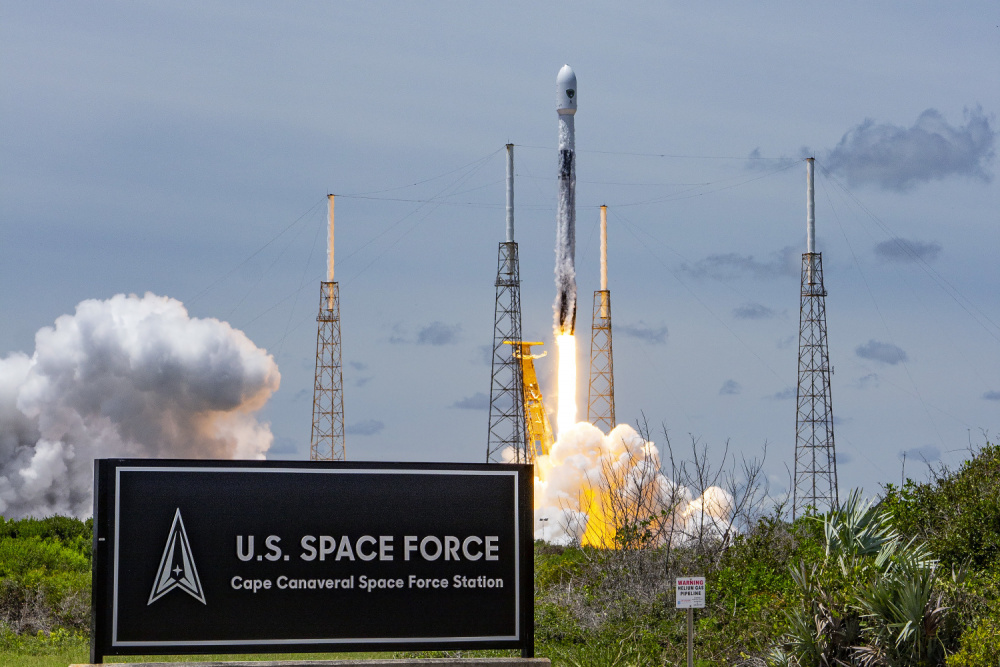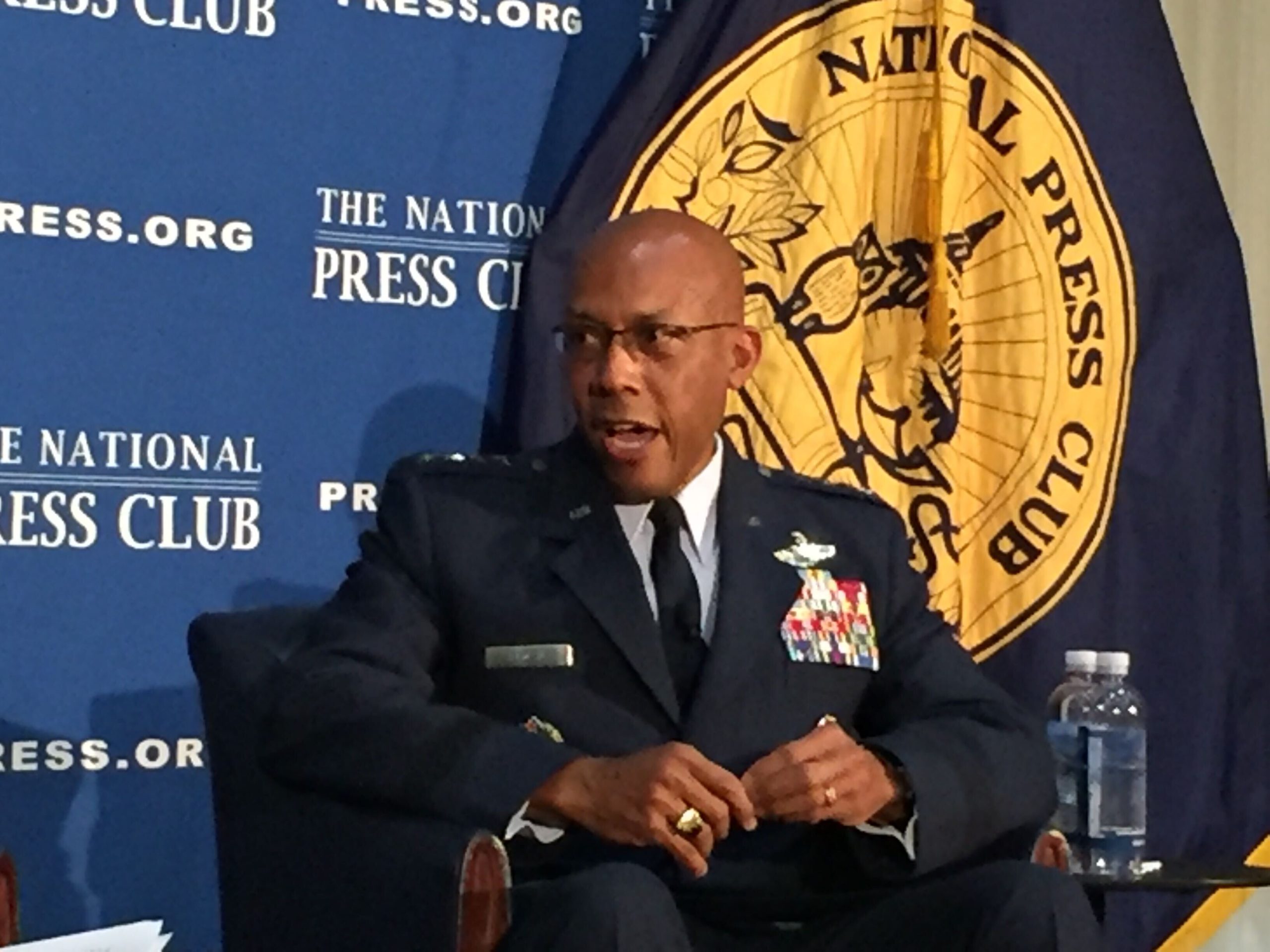In the next month or so, the COVID-19 vaccine will become mandatory for all Active-duty service members following Defense Secretary Lloyd J. Austin III’s announcement Aug. 9 that he will ask President Joe Biden for a waiver to require the shot by Sept. 15.
For at least two-thirds of Airmen and Guardians, though, the requirement will be a moot point as they have already received the vaccine, according to updated Department of the Air Force data released Aug. 10.
All told, 66.4 percent of Active-duty personnel in the department are now at least partially vaccinated—61.9 percent of those fully. That represents roughly a five percentage point gain from the end of June, when the combined Air and Space Forces’ vaccination rate of 61 percent was ahead of the Marine Corps but behind the Army and Navy.
The most recent numbers still leave more than 33 percent of the force who have not received the shot, despite it being widely available to the military for several months. That percentage translates to more than 100,000 Airmen and Guardians.
The proportion of unvaccinated individuals grows when the Air Force Reserve and Air National Guard are included with the Active duty—61.8 percent are at least partially vaccinated, 38.2 percent are not vaccinated at all.
“If we want to get out of this and really get this behind us, people have to get vaccinated,” newly installed Air Force Secretary Frank Kendall told Air Force Magazine in an Aug. 6 interview. “And so, the one thing I would say is to urge our Airmen, our Guardians, their families, and the people that they know, associate with, their loved ones, to get vaccinated.”
“I’ve heard from a lot of our Airmen the last couple of weeks about the COVID-19 vaccine,” Chief Master Sergeant of the Air Force JoAnne S. Bass said in a Facebook post. “And I know there is some apprehension within the force. I agree with Secretary Austin” in urging service members to get vaccinated before mid-September arrives.
Austin was not originally expected to make the vaccine mandatory until at least one of the shots received full Food and Drug Administration approval—at the moment, three of the vaccines have received emergency use approval by the FDA.
But growing concern over rising case numbers and the spread of the “delta” variant have intensified calls for the military to add the COVID shot to its list of required vaccines for Active-duty members. According to The New York Times, the FDA is aiming to approve one vaccine, made by Pfizer and BioNTech, by early September.
Like the rest of the country, the Department of the Air Force has seen a jump in cases of the novel coronavirus. Each week for the last six weeks, the number of new cases has increased, and on Aug. 10, the department reported 865 new cases, the largest one-week increase since February.
